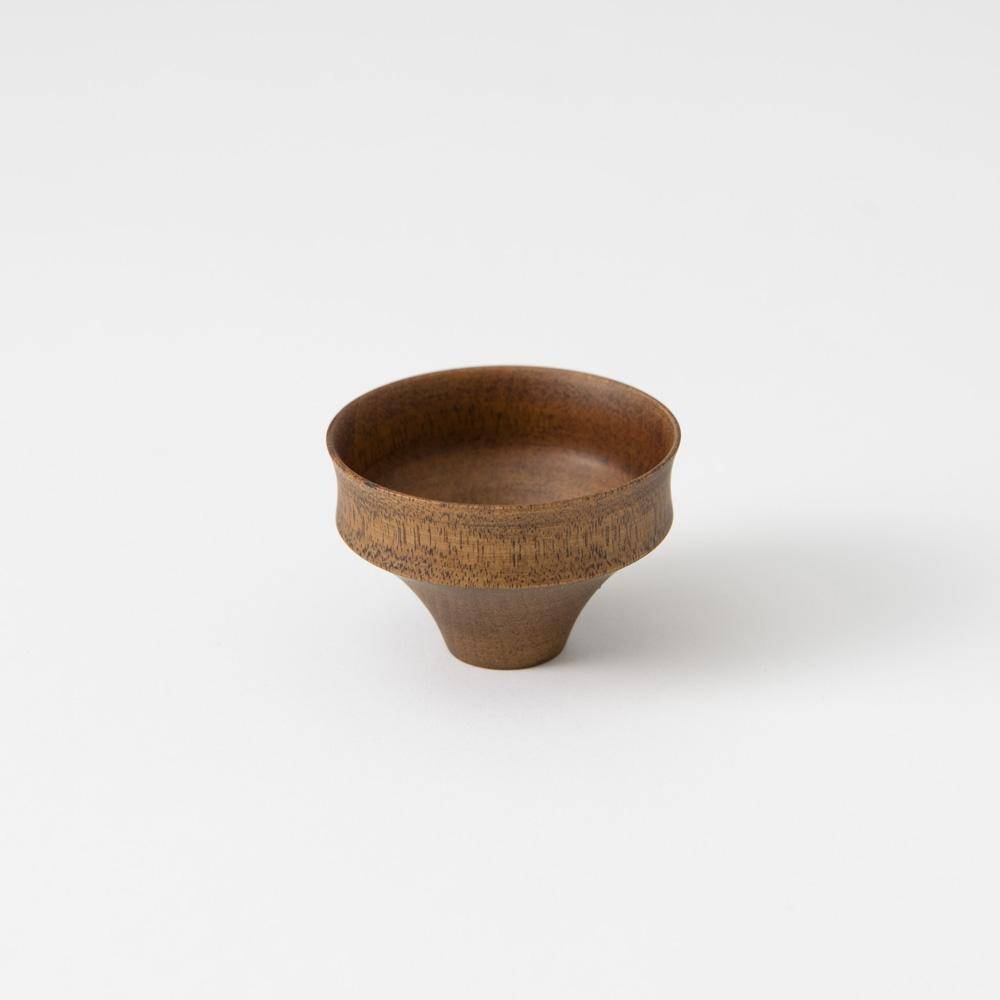Japanese Lacquerware
"The Allure of Texture and Tradition"
Japanese lacquerware, also called "Shikki" in Japanese, is a proud handicrafts with a long history dating back to 5,000 BCE, and traditional methods are still followed. Durable, light, antibacterial, and robust enough to endure for more than 100 years, Japanese Lacquerware is not only beautiful, but also highly functional.
In addition to the fine Japanese Lacquerware found in antique and vintage pieces, there is also contemporary Japanese Lacquerware suitable for modern life made by artisans who continue to improve their skills and inheriting tradition today.
Durable, Safe and Beautiful Japanese Lacquerware
Japanese lacquerware is a time-honored tradition that dates back about 7,000 years ago in Japan's prehistoric era. The special lacquer "Urushi" produced and processed from the sap of the Urushi tree, which grows naturally in East Asia.
The antibacterial properties of urushiol, the main component of Urushi lacquer, continue even after curing, making Japanese Lacquerware products hygienic tools that prevent the growth of bacteria.
In addition, Japanese Lacquerware is not only beautiful with its unique transparent shine, but also very robust, resistant to deterioration, as well as acid and alkali. Moreover, lacquerware remain as relics of a long history in Japan, so Japanese Lacquerware is an eco-friendly tool that can be used continuously while retaining its beauty.
In recent years, many of them have been made of dishwasher-safe resin or safe chemical paints. The production of these lacquerware is also supported by the skills of craftsmen cultivated in Japan.
Yamanaka Lacquerware
Yamanaka Lacquerware is known as the "Yamanaka of wood," which is known for wooden lacquerware with excellent woodworking techniques and "Taka-makie," three-dimensional Maki-e lacquerware. Yamanaka lacquerware is produced in the Yamanaka Onsen area of Kaga City, Ishikawa Prefecture, and has a history of about 400 years. It is characterized by the use of wood grain patterns to express a natural texture, and is made with great attention to detail.
View itemsAizu Lacquerware
Aizu lacquerware is known for its beautiful and delicate decoration and traditional Japanese auspicious designs such as pine, bamboo and plum etc. Aizu lacquerware has continued to grow up to the present day, as it has always proactively adopted the latest technology in addition to the traditional techniques that have survived for over 400 years.
View itemsWakasa Lacquerware
Wakasa lacquerware is traditional craft of Obama, Fukui Prefecture that has been around since the early Edo period. Especially known for its lacquered chopsticks, which are highly skilled in lacquering and polishing, and have beautiful traditional decorations such as Raden (mother-of-pearl inlay), Maki-e (gold lacquer inlay), and leaf stamping, as well as unique patterns. It was sometimes called "jewel lacquering" because of the noble shine of the patterns that represented the submarine.
View itemsEchizen Lacquerware
Echizen lacquerware originated around the city of Sabae in Fukui Prefecture, in the northern part of Japan. Known for its subdued luster and elegant beauty with a history going back more than 1,500 years. It is produced by experienced artisans, each specializing in one step of the production process.
Along with the changing lifestyles of Japanese people and market needs, Echizen lacquerware has developed diversified products and created technology for mass production. Today, Echizen ware represents more than 80% of the lacquerware for domestic food industry and business use. This is a region that is not only home to centuries of tradition, but also reinventing itself through innovation.










































































